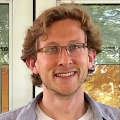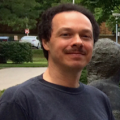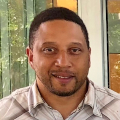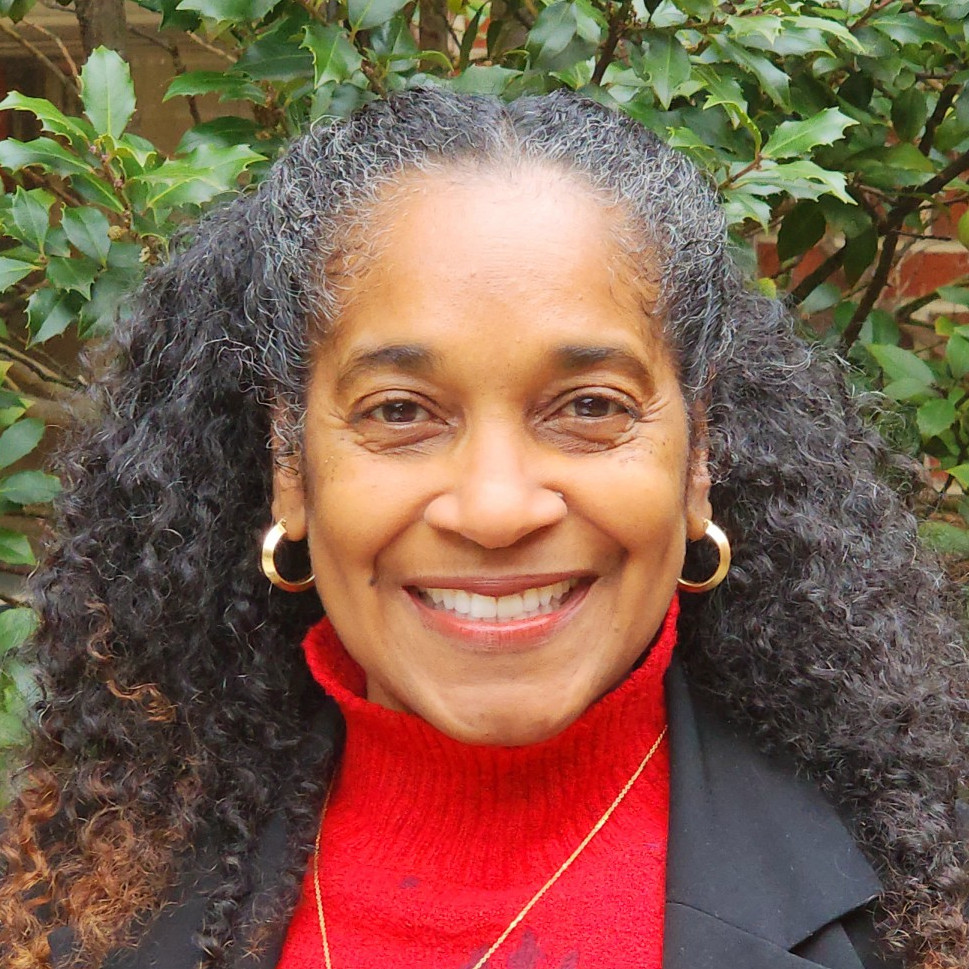Scientific and Statistical Computing Core
SSCC is the Scientific and Statistical Computing Core of the NIMH Intramural Research Program. The primary function of this core is to support functional neuroimaging research at the NIH. This includes development of new data analysis techniques, their implementation in the AFNI software, advising researchers on the analysis methods, and instructing them in the use of software tools.
Paul A. Taylor
Core Director for the SSCC
 Paul has been staff scientist in the SSCC since 2015, and has been
Paul has been staff scientist in the SSCC since 2015, and has been
Core Director since 2023. He works on many of the diffusion weighted
imagings tools in AFNI, as well as on the FMRI and general processing
ones. He also has a strong interest in data visualization, quality control (QC),
and teaching MRI methods.
E-mail: paul.taylor @ nih.gov
Phone: 301-402-1352
Office: Building 10, Room 1D73
Paul Taylor's Google scholar page:
Gang Chen

Gang Chen started in March 2003 as a Mathematical Statistician.
He provides consulting on any statistics-related issues, and keeps
developing new statistical tools in AFNI.
E-mail: gangchen @ mail.nih.gov
Phone: 301-594-9193
Office: Building 10, Room 1D73
Gang's Home page
Daniel Glen
Daniel Glen started in November 2004 as a Computer Engineer.
Daniel has a BS from Johns Hopkins University in Chemical Engineering. Before coming to
NIH, his prior work was with the US Navy as electrochemical research scientist where he
developed and analyzed battery materials. he then worked with a nuclear medicine
equipment manufacturer as a software engineer. At NIH, he worked in the laboratory
of Louis Sokoloff on cerebral glucose metabolism and blood flow. His interest
are now mostly on issues related to human and animal atlases and template, spatial alignment and
the development of new visualization methods.
E-mail: glend at mail.nih.gov Phone: 301-451-6236 Office: Building 10, Room 2D40 Daniel's Home Page
Rick Reynolds
 Rick Reynolds started in Dec 2001 as a Computer Scientist in the Core.
Rick Reynolds started in Dec 2001 as a Computer Scientist in the Core.
Email: reynoldr @ mail.nih.gov
Phone: 301-451-6234
Office: Building 10, Room 2D40
Brian Pittman
 Brian Pittman is the System/Web Administrator of the Core.
Brian Pittman is the System/Web Administrator of the Core.
He maintains the Message Board as well as the AFNI and NIfTI web sites,
manages computer system security and infrastructure, organizes
the software build systems, and helps run AFNI Bootcamps at NIH.
Email: pittmanb @ nih.gov
Office: Building 10, Room 2D40
Portia Devenish
 In March 2019, Portia Devenish began working at NIMH as a lab coordinator.
In March 2019, Portia Devenish began working at NIMH as a lab coordinator.
As a dependable lab administrative specialist, she is skilled in organizing,
coordinating, multitasking, anticipating needs, interacting with vendors,
overseeing daily operations across four laboratories, and serving as
a conduit between the lab and the outside world. Her favorite quote is,
"Success isn't about the money you make; it is about the difference
you make in people's lives."
E-mail: portia.devenish @ nih.gov
Phone: 301-367-7973
Office: Building 10, Room 1D73
Bethesda MD, 20892
Justin K. Rajendra
 Justin joined in 2017 after more than a decade of clinical research in various
Justin joined in 2017 after more than a decade of clinical research in various
neuroscience related fields (depression, post stroke rehabilitation, mindfulness,
chronic fatigue). Modalities included fMRI, PET, fNIRS, TMS, EMG, EEG,
motion capture, clinical performance measures. He previously worked at
Emory University in the department of Psychiatry as a research informatics analyst.
Email: justin.rajendra @ nih.gov
Phone: 301-451-6235
Office: Building 10, Rm 2D40
Justin's Google scholar page:
Yamuna Narayana Swamy
 Yamuna studied medical image analysis and inverse problems in Diffuse optical
Yamuna studied medical image analysis and inverse problems in Diffuse optical
tomography for her graduate studies. Following this she worked as a research
associate in the astrophysical relativity group at ICTS where she worked on
parameter estimation in gravitational waves. She joined the AFNI group in
September 2020 as a postdoc, and currently she is working on implementing
deep learning methods on MRI image analysis.
E-mail: yamuna.narayanaswamy @ nih.gov
Peter Lauren
 Peter Lauren joined the group in September, 2020. He completed a
Peter Lauren joined the group in September, 2020. He completed a
BSc in Physics at Otago University, New Zealand, a Masters in Biomedical
Engineering at the University of New South Wales, Australia and a
PhD in Electrical Engineering at the University of Virginia.
His professional interests are the application of image processing,
and data science, to the biomedical field.
E-mail: peter.lauren @ nih.gov
Robert W. Cox
Bob is a Special Volunteer with the SSCC. He is particulary special
because he started AFNI and was the Core Director from 2001-2021.
His interests include algorithms, optimization, data visualization,
processing, alignment and more.
E-mail: rwcox @ nih.gov
Bob's Home page
SSCC Alumni/ae
Elaine Raab
John Lee
Abera Wouhib
Ziad S. Saad
Hang Joon Jo
Julie Maloney
Andrej Vovk
Peggy Christidis
Rich Hammett
Alex Clark

